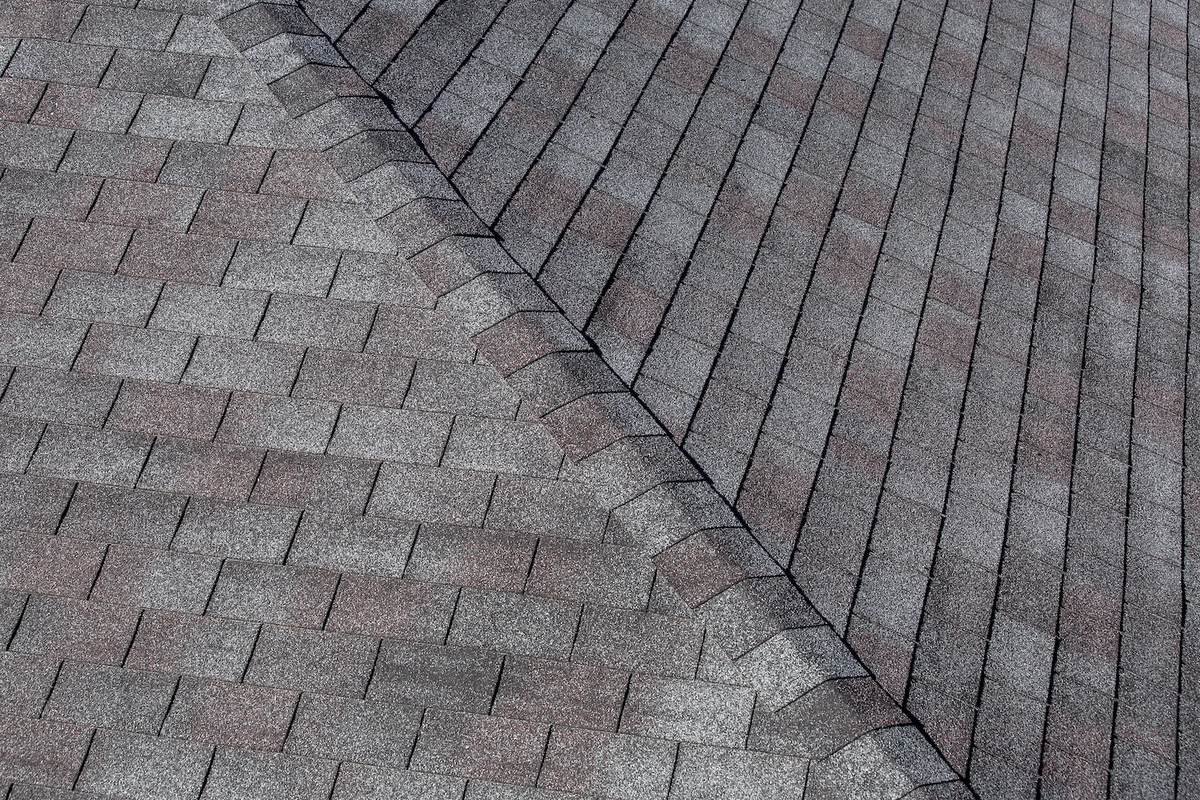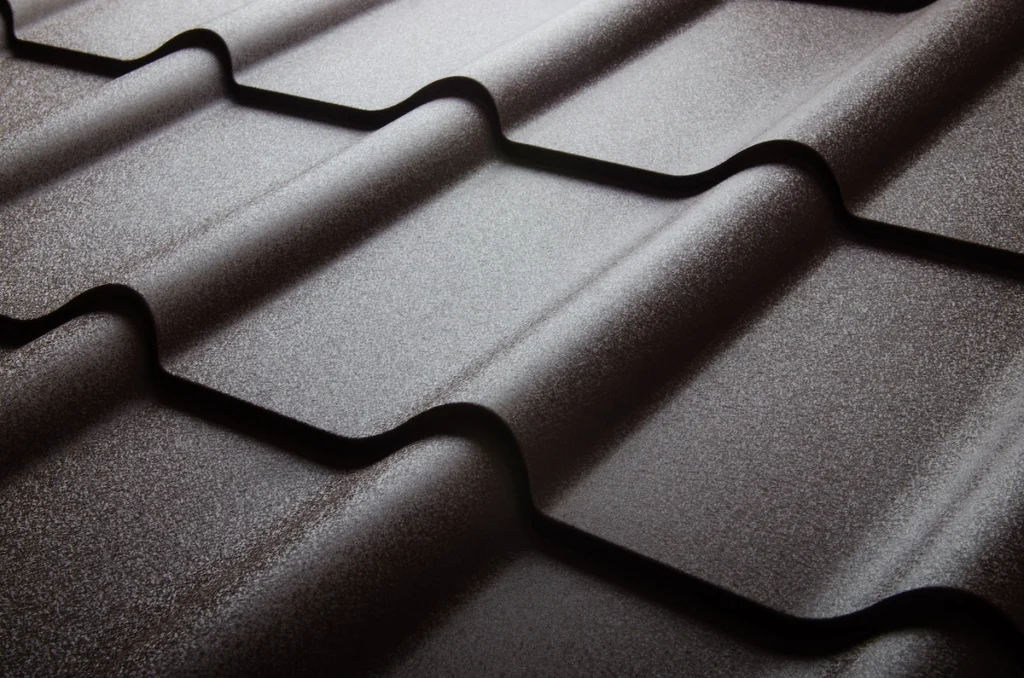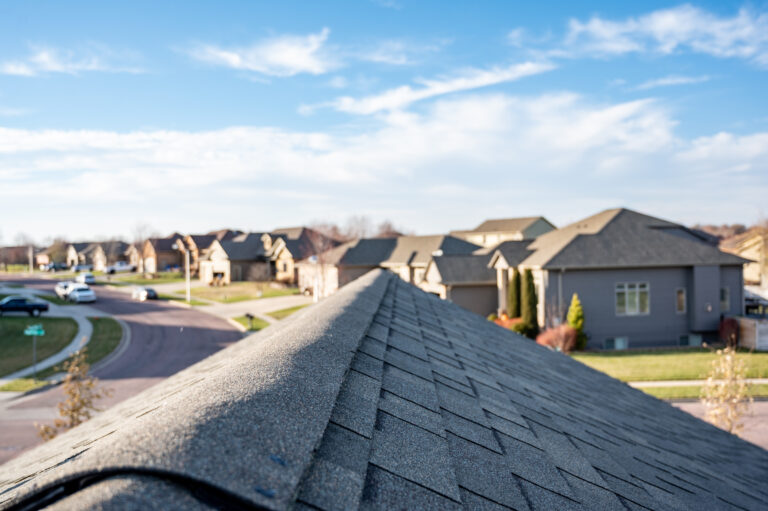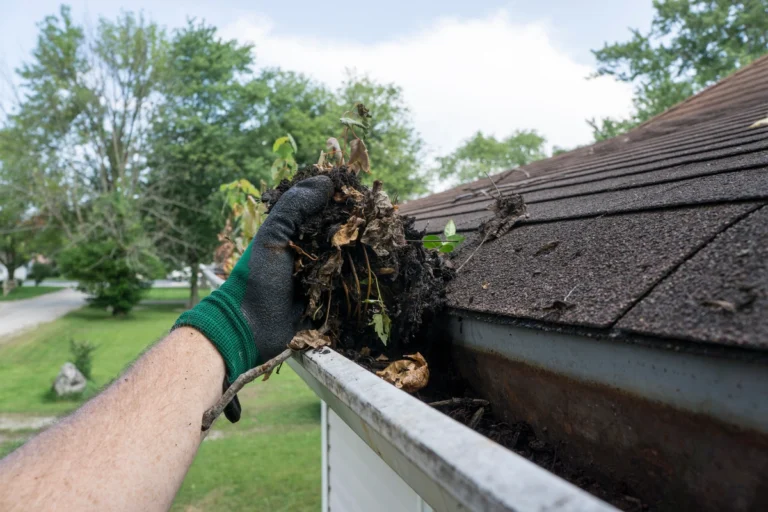The roof of your home is an investment that protects your residence and should last many years. But unfortunately, they do not last forever and will eventually require replacing. So, how often should roofs be replaced?
The timeline of a roof replacement will depend on several factors, including:
- Type of roofing materials
- The local climate
- Frequency of maintenance
- Unresolved damages
As a general guideline, a typical new roof will have a life span of anywhere between 20 and 50 years before it requires replacing. Knowing when to replace your roof before it causes damage is the best time. So, let’s look at ways to help you recognize that your home needs an entire roof replacement.
A Complete Guide to Standard Roof Replacement
No matter how much care you take to protect your roof, it will eventually need to be replaced. However, having high-quality materials can help extend your home’s roof, so it is not a task you need to do often.
Here are some guidelines for a typical roof’s lifespan with different roof types:
- Asphalt shingles: 15 to 30 years
- Cedar wood shakes: 20 to 30 years
- Synthetic slate: 40 to 50 years
- Metal materials: 50 to 70 years
- Clay tiles: 50 to 100 years
- Slate tiles: 100 years or more
Of course, these timelines will depend highly on the weather in your location and the frequency of maintenance and care. Therefore, if you have a home in a region that experiences extreme winds or weather, you may have missing shingles, attic problems, or a roof collapse.
Asphalt Shingles
A roof with asphalt shingles can last up to 30 years, but that isn’t always the case.
Residents living in regions with mild weather and following regular roof and gutter maintenance schedules can expect a lifespan of 25 to 30 years. However, the average home exposed to four climate seasons will require a new shingle roof after 15 to 20 years, even with regular maintenance.

Asphalt choices contain small granules that add protection from UV rays to the shingles, helping maintain their longevity. However, if you have missing shingles or are shedding significant granules, they no longer provide optimal protection for your roof.
Cracked shingles, buckling, curling, or pieces breaking off are no longer doing their job. While some homeowners may not notice these symptoms after a new installation, regular checks are still necessary. In addition, high winds, hail storms, and extreme weather can affect the lifetime of asphalt shingles.
Cedar Wood Shakes
High-quality cedar shakes on your roof can last 30 years or more in ideal conditions. Consequently, this roofing material requires more maintenance than other options to keep it from collecting moss growth, algae, mold, or house insects.
Wood shake roofs can curl, split, cup, and break when they dry out or experience harsh weather. In addition, these natural wood shingles will not typically carry a manufacturer’s warranty and require additional treatments to protect them from the sun and excessive moisture.
Synthetic Slate
Homeowners with a synthetic slate roof can rest easy knowing they will not need a roof installed again for 40 to 50 years. Additionally, this material is lighter than other roofing options and can provide exceptional protection to your home.
Residents may notice synthetic slate sections curling, cracking, or disintegrating over time.
Metal Materials
Although metal roofing materials provide one of the more durable choices for your home, they, too, will need eventual replacing. So, a typical metal roof will protect your home for between 50 and 70 years with proper installation and care.

However, even the strongest materials can break down over the years, requiring a new installation. In addition, metal can experience oil canning, corrosion, fading, dents, and scratches, compromising its integrity and lifespan.
Clay Tiles
Clay tiles are trendy in warmer regions because they use simple materials and will last up to 100 years. However, these roof tiles are significantly heavier than other roof types, so the home will need a solid structure to support the additional weight.
In addition, they are not ideal for homeowners that experience freezing temperatures. Clay is prone to cracking with extremely cold weather. They are also known for chipping and cracking with impact. Therefore, you should trim trees to avoid falling branches that could result in costly repairs.
Slate Tiles
Unlike synthetic options, standard slate roofs are durable and heavy, making them last 100 years or more after installation. In addition, there are hard and soft slate options that will affect how long your roof will last.
Some damage that can affect a slate tile roofing system include punctures, chips, cracks, and deterioration. Therefore, replacing broken or missing slate tiles as soon as possible would be best to avoid potential problems and compromise your roof’s integrity.
How to Tell If You Need to Replace Your Roof
Although these guidelines can provide a good idea of how long your roof will last, there are some vital things to watch for that could affect the timing. This way, you can spot problems before they cause significant damage to your home and belongings.
Regular checks will ensure you can spot problems when they first happen, so they do not become costly repairs later. Leaving apparent issues without a resolution can allow water damage to your roof and home, affecting supporting beams, insulation, belongings, and more.
Some elements to watch out for with your roof include:
- Holes
- Ceiling leaks or water stains
- Sagging roof areas
- Visible mold or rot
Regular inspections and checks on your roof and gutters will ensure that your home stays in top condition. For example, cleaning debris from gutters will help rainwater move away from the roofing system and not spill over, causing leaks. In addition, visually inspecting your home’s exterior after a storm for signs of roof damage can indicate any problem areas quickly so you can repair them before problems occur.
If you are still asking how often a roof should be replaced, it’s best to talk to a professional roofing contractor. With a simple inspection and quote from a contractor, you can see what issues you may have and what it costs to replace your roof.






